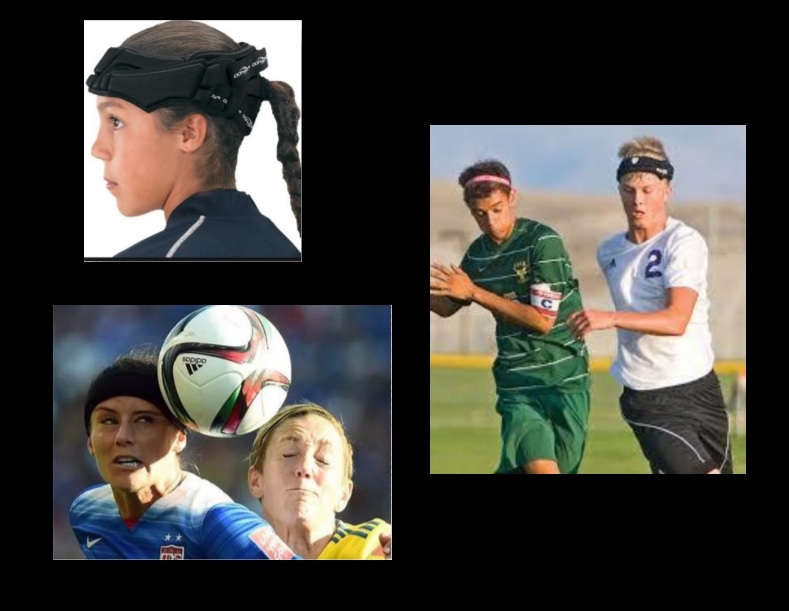
Funky headbands for Onalaska girls soccer team part of concussion study

Girls soccer is fourth-highest in concussion rate
They’ll be wearing headbands, but it won’t be a fashion statement.
Half the Onalaska High School girls soccer team will wear the equipment as part of a concussion study.
The headbands – which look more like ankle braces but on one’s head – were made to absorb contact, hopefully lessening the impact that leads to concussions.
All of it as part of a study being performed by the University of Wisconsin-Madison.
The school board gave the OK to take part in the study, while coaches and athletic trainers were fully on board.
“I was happy with the discussions I had,” Onalaska athletic director Charlie Ihle said. “Hopefully (it will) move the study of concussions in a positive way and get more information for our student athletes.”
Approximately 3,000 high school soccer players from 88 Wisconsin high schools will be enrolled as subjects this season and next.
“Despite the high incidence of SRC in high-school soccer players, little is known about equipment that is being marketed to players and coaches that may positively or negatively influence a player’s risk of getting concussed,” Tim McGuine, senior scientist in the department of orthopedics and rehabilitation at the UW School of Medicine and Public Health, said. “Our goal is to determine whether or not there is a benefit to using headgear so that all stakeholders can make decisions, based on strong scientific evidence, about the safety of our kids.”
Because football seems to get most of the attention, the risk of concussion in other collision/contact sports appears to be underappreciated, Dr. Alison Brooks, a UW assistant professor, said.
According to UW, the concussion rate in high school girls soccer is the fourth highest, behind football, hockey and lacrosse.
“And the high school girls soccer players get concussed at almost twice the rate as their male counterparts,” Brooks said. “The reason for this increased risk in girls is not clearly understood. This study is incredibly important in helping us to learn more about concussion in a non-football sport, and to specifically look more closely at gender differences as well as monitor rates of other types of injuries that may be affected by use of the headgear.”
Read more about the study through the Onalaska High School here and through UW here.
No related posts.










